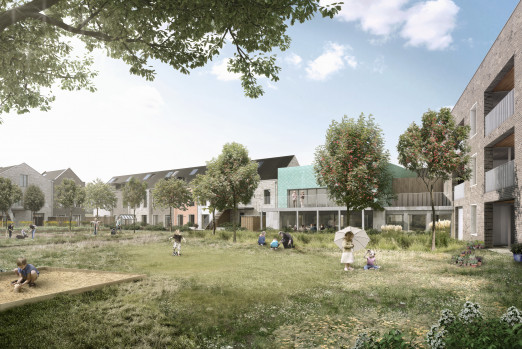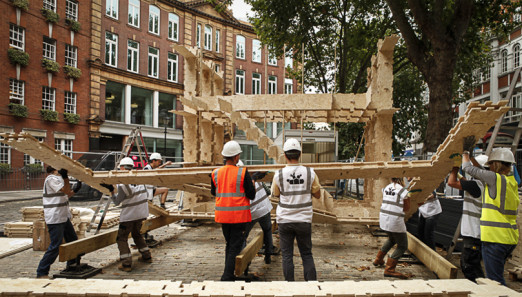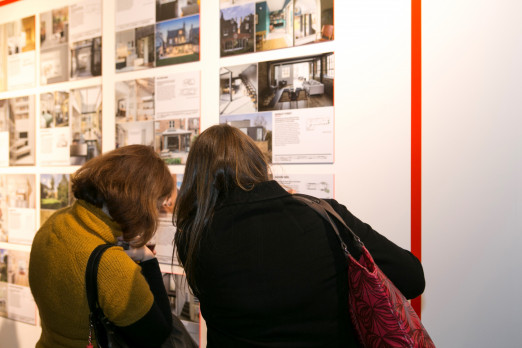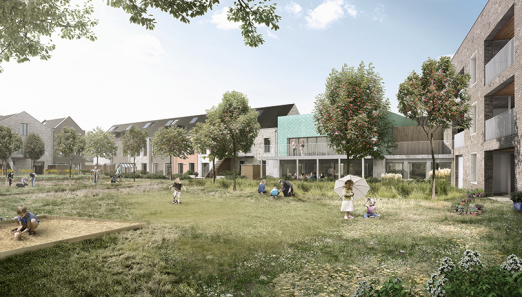The hot topic of co-housing got a breezy airing at The Building Centre and Museum of Architecture debate. Not sure what co-housing is? It’s probably more than you imagined. Indeed Professor Irene Bauman from the University of Sheffield’s School of Architecture, who chaired the debate, suggested in her summary that the idea had ‘diversity’ and ‘complexity’ – a way of describing both the processes of ‘doing’ co-housing and its many variations.
In this carefully curated event, the four main speakers – Stephen Hill (C20 Future Planners), Meredith Bowles (Mole Architects), David Saxby (Architecture 00) and Maria Brenton (Older Women’s Co-Housing) – opened up different dimensions to the debate.
Maria Brenton championed the social capital created in groups of people researching, planning, negotiating the different aspects of a co-housing development. Brenton, who has been working on setting up a co-housing space in Barnet, believes that “the social fabric is most important.” Her vision is built on extensive research across Scandinavia, the Netherlands and the US, which have many different models – from self-build to custom-made to commissioned. There is no one model.
What there is, according to Brenton, is a future – with an ageing population, greater numbers of people living on their own and the impact of loneliness on well-being, mutually supportive co-housing communities will serve human, social and financial needs. That is, if local authorities allow them. I’m sure I heard Maria Brenton say on more than one occasion during the evening, that a request to develop a co-housing community was rejected by a local authority because “it would attract too many old people” – amazing but true - a 'dire warning' echoed by some research by Stephen Hill.
"co-housing would attract too many old people to the borough"
Hill (C20 Future Planners), who has been working in development and regeneration since the 1970s and on the development of Community Land Trusts since the late 1980s, was keen to emphasise that with housing increasingly becoming unaffordable everywhere, we do need to trial “a whole range of new ways to do housing.” And while co-housing has an image of being middle class, he emphasized that it is not the case, citing Chapeltown in Leeds as just one example. (The strapline on their site declares, “No, it’s not the stockbroker belt. This is Chapeltown, supposedly one of the most deprived parts of the country. It’s also our home, and we love it here!”) Hill kept returning to highlight and dispel the many myths of co-housing.

Hill also emphasized that co-housing needn’t be new-build; one can refurbish and retrofit, citing an example of Compendium for the Civic Economy; to A Right to Build, their collaborative book with the University of Sheffield’s Architecture department, which “investigates the potential of self-provided housing as a way forward for UK housing in the 21st century: how individuals and communities can collectively form a bottom-up, sustainable and affordable mass-housebuilding industry.” And of course he cited the Wiki-House, constructed at The Building Centre in 2014, joking that it was “the largest IKEA-assembly scheme you have ever seen,” the point being that there needs to be a whole spectrum of “user-lead housing”.

In the summary, each speaker posed a question for the audience. Maria Brenton asked “How do we transform the power relationship between developer and end-user?” The current arrangement sees the developer playing with a loaded-deck. David Saxby asked, “Does co-housing have an image problem?” Does the general public, insofar as they consider it at all, see it as 1970s commune style-living? Even mortgage lenders apparently see co-housing properties as 20-30% less valuable than a conventional property – without evidence or reason. Perhaps people fear a loss of autonomy.
"Do people see co-housing as a 70s style commune?"
As Saxby pointed out, people do have their own homes; it’s the financial and day-to-day arrangements that are different. For Meredith Bowles the key question was “How do you finance development?” How do government and local authorities enable finance? While Stephen Hill posed the question, “Why do people find it so hard to innovate?” especially around shifting the power balance of user and developer. He suggested that we need to get better at enjoying complexity, while Maria Brenton suggested that co-housing encouraged ‘propinquity’ in an ageing society. Propinquity is a fascinating word describing the interpersonal attraction and friendship that emerges from proximity. It's co-housing as the creator of a network of friendship, an experiment not just in bricks-and-mortar, but in new forms of sociality.
John O'Reilly
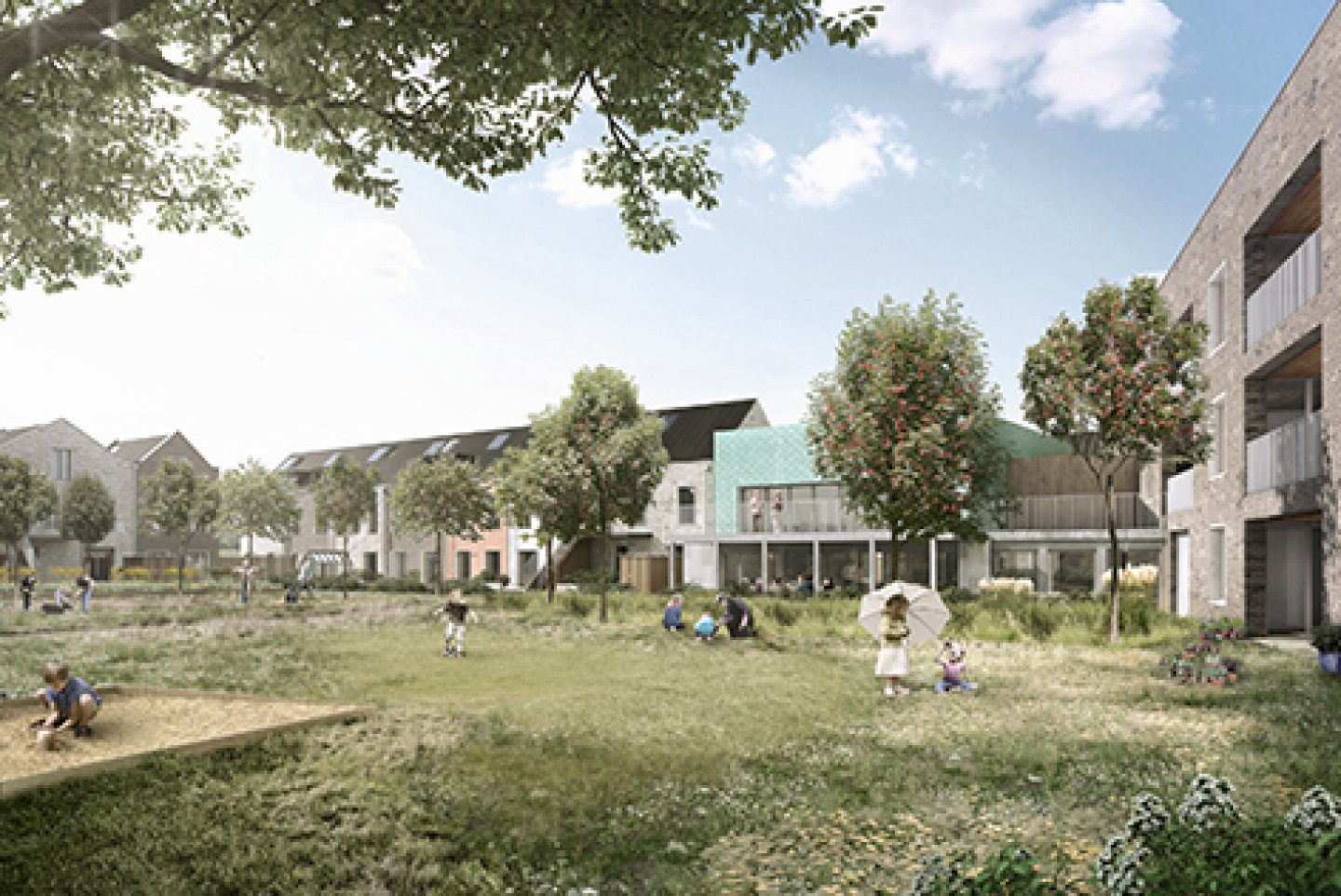
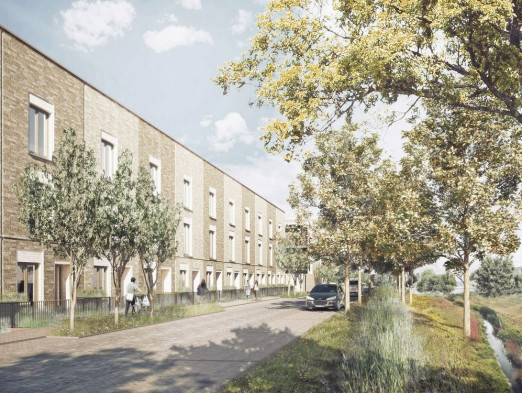
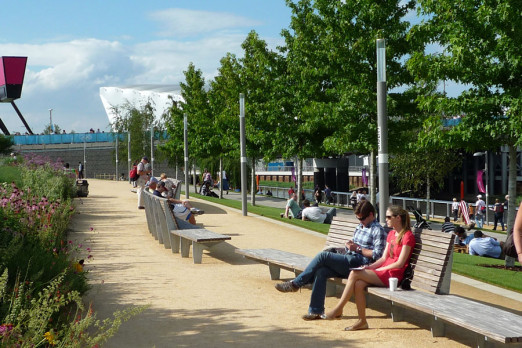

.jpg)
